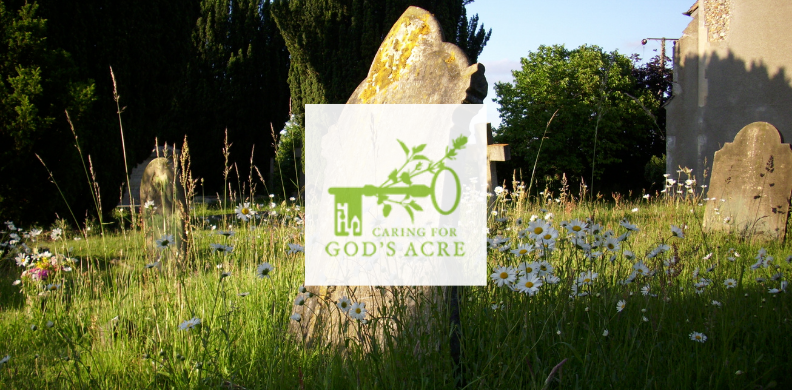
The Wood wide web
Autumn colours will be adding a touch of drama to our trees in the next few months. But while the scientific world has understood for 100’s of years why these leaf colour changes take place - it has only recently been discovered that amazing things are happening under the soil too…
Described by some scientists as a ‘woodwide web’ studies have found that trees are connected to each other through underground fungal networks where they communicate and share water and nutrients with each other in times of need. For example, if they are under attack by insects they will send distress signals to other trees which then have time to alter their own behaviour to protect themselves better. Trees living connected together in forests have far longer lives than isolated trees.
Studies at the University of British Columbia in Vancouver have shown that particular trees in a forest use their deep roots to draw up water and make it available to shallow-rooted seedlings. These same trees also detect distress signals from other trees and increase the flow of nutrients to support them.
Until recently the western world has generally thought of trees as striving individuals, disconnected from each other and competing for limited resources such as water, nutrients and sunlight. Now, with an ever increasing body of scientific evidence, this idea is being replaced with one where trees have evolved to live in interdependent, co-operative relationships. A woody wonderland indeed…
Andrea Gilpin
Email: andrea@cfga.org.uk
Individuals and groups in the diocese receive 20% members discount on all CfGA materials. Use the discount code diomem22
